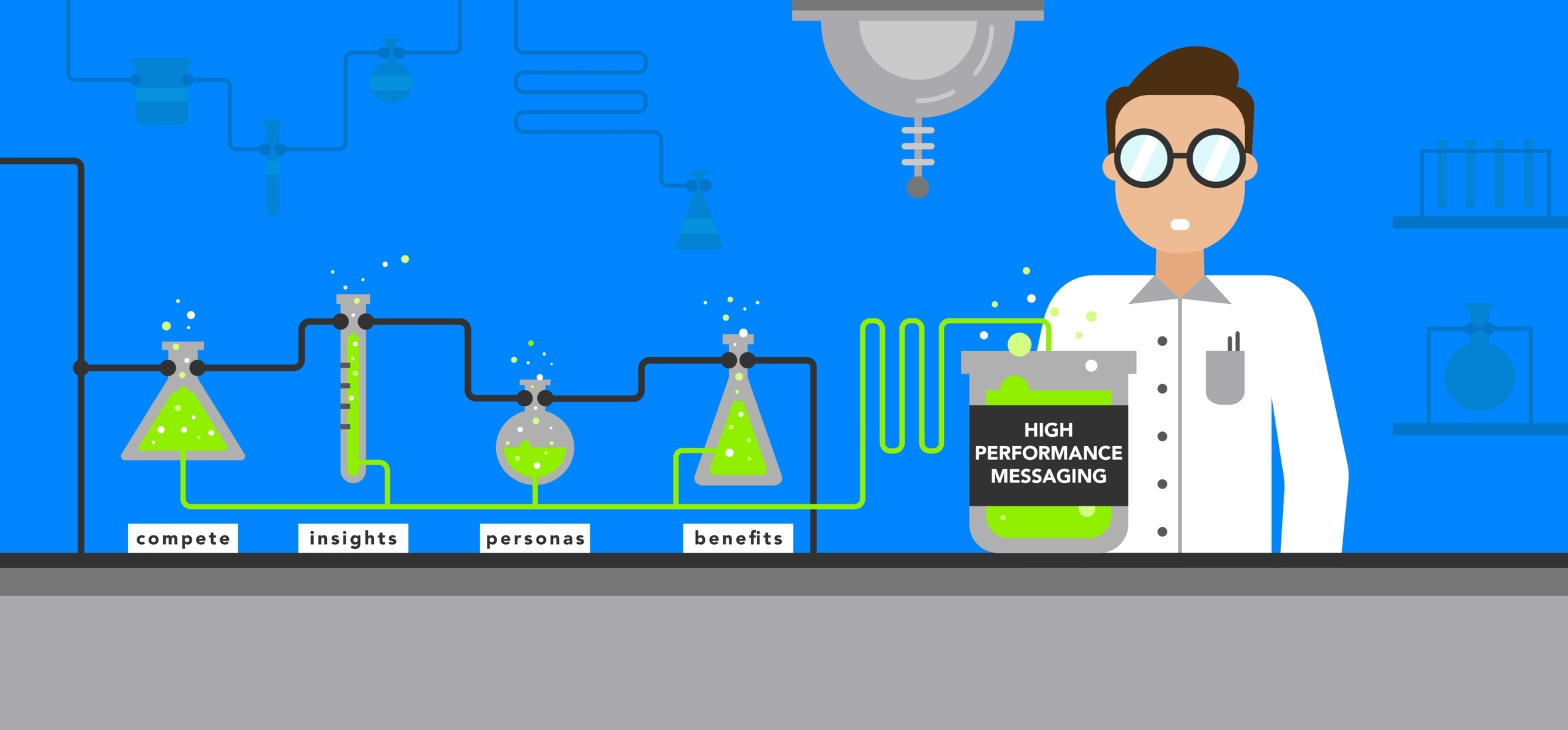
Crafting high-performance messaging is one of the most important jobs for the product marketer. Messaging helps define a product’s market position and conveys its key attributes to potential customers. As a core tenet of product marketing, positioning and messaging are directly tied to success and failure in the marketplace. And as the heart of a compelling product narrative, messaging spans many aspects of the sales and marketing functions.
Launching new products, programs, and services, or establishing a new category within an industry requires a significant investment in messaging. Most messages don’t get more than one opportunity to land, so they must be crafted with care. The information your customers consume is founded on the core product truths that inform messaging. So, if customers don’t understand your product or positioning, messaging is the first place to look. It is here, within the context of your core messaging that you can rethink how you are communicating business value.
Developing effective messaging is as much an art as it is a science and, when executed carefully, can be a force multiplier for enhancing sales and marketing effectiveness. Messaging will help you:
- Build the foundation for positioning a product in the customer’s mind
- Align key product truths across teams
- Help build a common understanding of how to communicate the value of a product or solution to your audience
- Accelerate development of sales and marketing materials
- Provide guidance for business and creative agency support
Building a solid messaging foundation based on a holistic framework enables you to more quickly articulate the value of a product. But where do you start and what type of information is needed to help differentiate your message from the sea of generic stories that clutter the marketplace? The following is a list of ten important categories of information you can explore with your teams and partners to help build a strong messaging foundation.
Elements of High-Performance Messaging
1. Market Insights
-
- What are the current market dynamics and customer trends prompting the development of this product?
- What gap or opportunity in the market exists today justifying the need for this product?
- Which business/market category does this product belong? Is it a new category?
- How fast is this market category growing? What proofs exist to substantiate this growth?
2. Target Audience
-
- For which segment of the market is this product designed?
- Which vertical markets or industries will the product serve?
- How would you characterize the target audience? Is the target buyer the same as the end-user?
- What behaviors or characteristics do you know about this audience?
3. Personas, Roles, Industries, and Key Challenges
-
- Who will use this product? Describe the person. What’s their typical day like? What challenges do they face in their personal and professional life that are relevant to this product? What stated needs do they have that align with the product?
- What are the typical titles and responsibilities associated with this user?
- What research or voice of the customer information is available to support a persona profile?
4. Desired Customer Perceptions
-
- What do you want customers to feel and how do you want customers to think after using this product?
- What impression do you want customers to have about your company after using this product?
5. Product/Solution Overview
-
- What is the product’s function or ultimate purpose?
- How, if at all, does this product integrate with your other products? Is the user experience similar or different from your other products? Are there any unique capabilities that need to be highlighted?
- How difficult or complex is the product to use?
6. Competitive Differentiation
-
- How is this product different from competitive products?
- Is your product a new version of an existing product? How is the product currently positioned? As a stand-alone? Suite? How does it differentiate from the market competition? What potential opportunities exist for new positioning?
7. Prioritized Customer Use Cases
-
- What are the core use cases for this product?
- How does the product work? What is the experience like?
- How easy is it to use? How intuitive? What kind of setup is required?
- What requirements for use need to be in place before using?
8. Value Proposition and Messaging Pillars
-
- What problem does this solve for the user? What value does it bring to an organization?
- What pricing has been determined for this product? How does that compare to the competition?
- Why is it better than what is currently in use or available in the market?
- Why would a potential user care about this product?
- What are the top three user benefits (save time, improve customer engagement, etc.)? How do these benefits address the stated needs of the customer?
9. Benefit Statements
-
- What are the top three business-impacting benefits of this product?
- What are the top three user-impacting benefits of this product?
10. Proofs, Evidence, and Substantiated Claims
-
- What third-party statistics, benchmarks, facts, or findings exist for building credibility for adoption or proving a benefit statement?
- What data exists to substantiate benefit claims?
Crafting compelling messaging is not easy. It’s a journey that requires planning, thought, and discussion, and it’s an early step to helping customers understand the value of your offering. It’s also a process that takes time that you may or may not have and is best supported by testing and validation. So, what happens when you don’t have time to do all of this? I’ll cover that in a future post. In the meantime, I’d like to hear how you currently approach messaging and where you spend your energy when faced with compressed timeframes or limited budgets to test and validate your messages.
